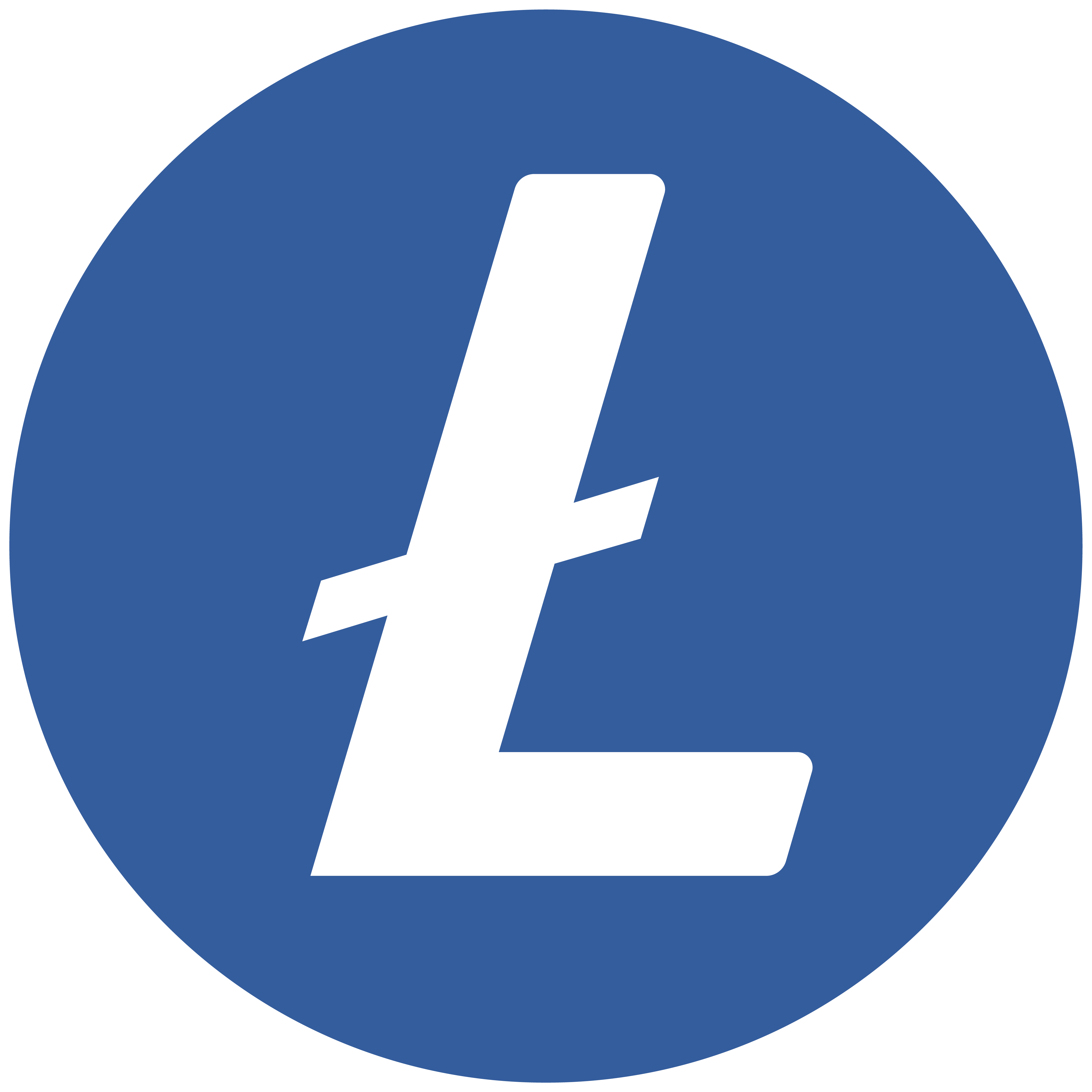So, once you decide that you want to mine Ether, you've got to shell out some cash for GPUs. But first, DO YOUR RESEARCH! Firstly, know the difference between processing power (hashrate) and memory. The higher the hashrate, the faster ether will be mined, and the more money you will make. For memory, at the time of writing, you need at least 3gb to mine ether, because the blockchain is large enough to require that much memory. The blockchain is slowly increasing in size, so down the road you will need more and more memory.
So, you should be looking for a GPU with some where in the range of 20-30 Mh/s (mega hashes per second with 1 megahash = 1,000 hashes (SI units do come in handy!)). Now to make things more confusing, 1 Mh/s when mining ether does NOT equal 1 Mh/s of mining other coins. It kind of stinks, but that's the way it is, so get used to it.
AMD GPUs tend to be seen as a better investment than NVIDIA GPUs because of they have comparable hashrates for less than half the price. Now, you can't actually buy a AMD GPU that's good for mining at retail prices, because mining has become so popular that there is a worldwide shortage of GPUs. Yes, there is a worldwide shortage of a computer component that is tied to a highly volatile coin, and the manufacturer does not want to flood the market by manufacturing more GPUs, since the price of ether could drop, people stop mining, and there's a glut of GPUs and they can't sell they're new GPUs at a profit. Don't you just love economics? Needless to say, gamers are pissed at miners because of the price increase of GPUs (the other big market for GPUs is gaming PCs), for instance a AMD RX 480 8gb retailed for $200 brand new, and now you'd be hard pressed to find a USED one on ebay for $300. That being said, I believe this is still the best option. It still has a hasrate comparable to the $800 NVIDIA cards, and it consumes less power. It's a year older than the AMD RX 580 8gb, but again, still has a comparable hashrate with lower energy consumption and costs less (the 580 is about $450 on Ebay).
So once you pick your GPU, you need to decide if you want to just add it to your existing desktop computer or build a dedicated mining rig. If you're just getting your feet wet and don't want to invest $2,000 buck in building a 7 GPU mining rig, then I suggest just buying 1 or 2 GPUs and installing them to a desktop computer.
And now I need a nap.










